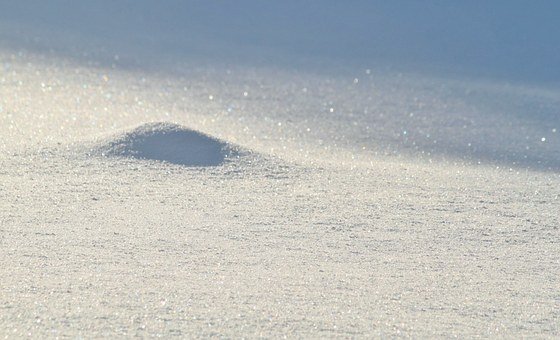It’s hard to believe that one week ago it was 60 degrees out and now we are bracing for up to 30 inches of snow! Have you ever wondered how weather patterns like this are predicted? How do people know that one week it’s over 60 degrees and the next it’s a winter storm? Well, we know all these things thanks to meteorology. Meteorology is a part of the scientific discipline of atmospheric sciences. Atmospheric sciences have many subdisciplines that all focus on different topics from climatology, which studies how changes to the atmosphere alter and define the world’s climate, to aeronomy. Aeronomy studies the upper parts of the atmosphere, where many unique chemicals and physical processes occur.
Meteorology focuses specifically on the troposphere of the atmosphere. This layer contains 90% of the atmosphere’s mass, is where living things, like birds, are found, and where all weather happens. To forecast the weather, meteorologists use scientific principles to explain, observe, and forecast the weather. The data that they use is measured in many ways from ships, buoys, radar, weather balloons, and satellites.
After the data is analyzed, it is passed along to national and regional weather centers, then the data is fed into computers that model the future state of the atmosphere thus providing a weather forecast.
So, while we all were enjoying shorts and sandals a week ago, meteorologists were receiving data and running analyses that showed a big snowstorm was on the way!
If you would like to learn about meteorology and how the weather is predicted check out this great National Geographic article.
The National Oceanic and Atmospheric Administration has great resources and information regarding satellites and radar systems. If you would like to learn about these, visit the NOAA website.
Now that we know how a storm gets predicted there are also a lot of ways to measure snow once the storm starts. Many household items can be a snow gauge; from a yardstick, ruler, to even a long stick with inches or feet marked on it! That means that you too can be a part of weather data collection at your home, just go outside and measure the snowfall with a yardstick or any other snow gauge.
There is actually an entire citizen science organization where anyone can collect and report weather and precipitation data. This organization is called CoCoRaHS, the Community Collaborative Rain, Hail & Snow Network. If you have any interest in learning more about CoCoRaHS or volunteering visit the CoCoRaHS website to learn more.


